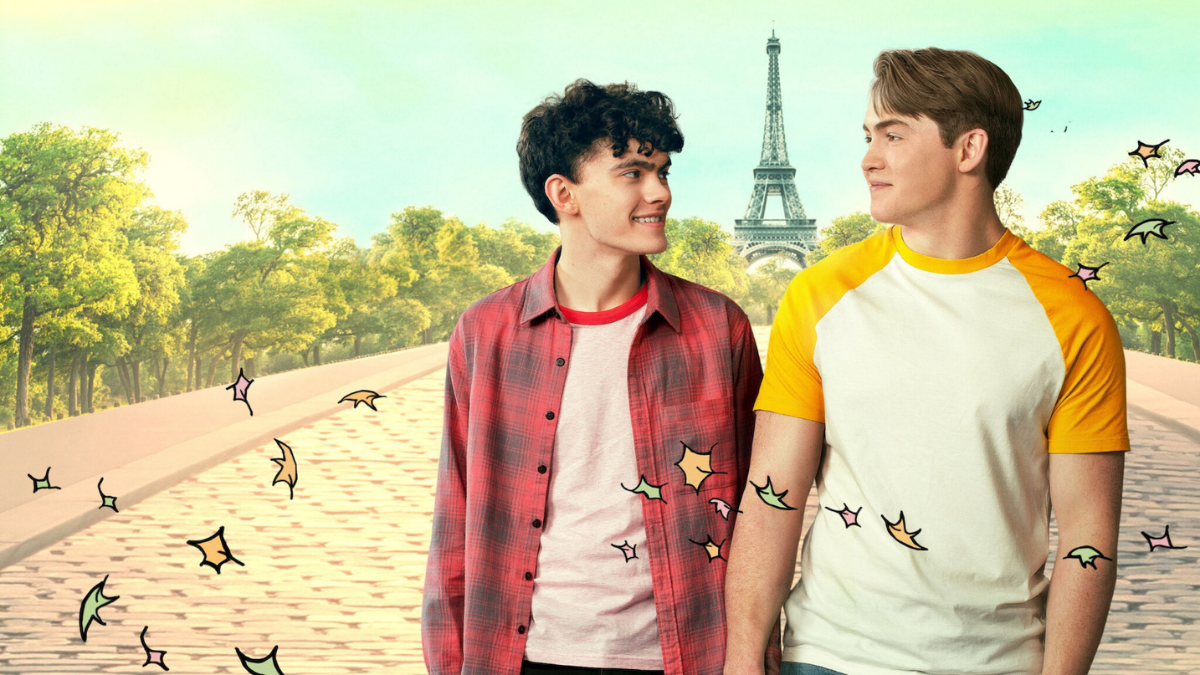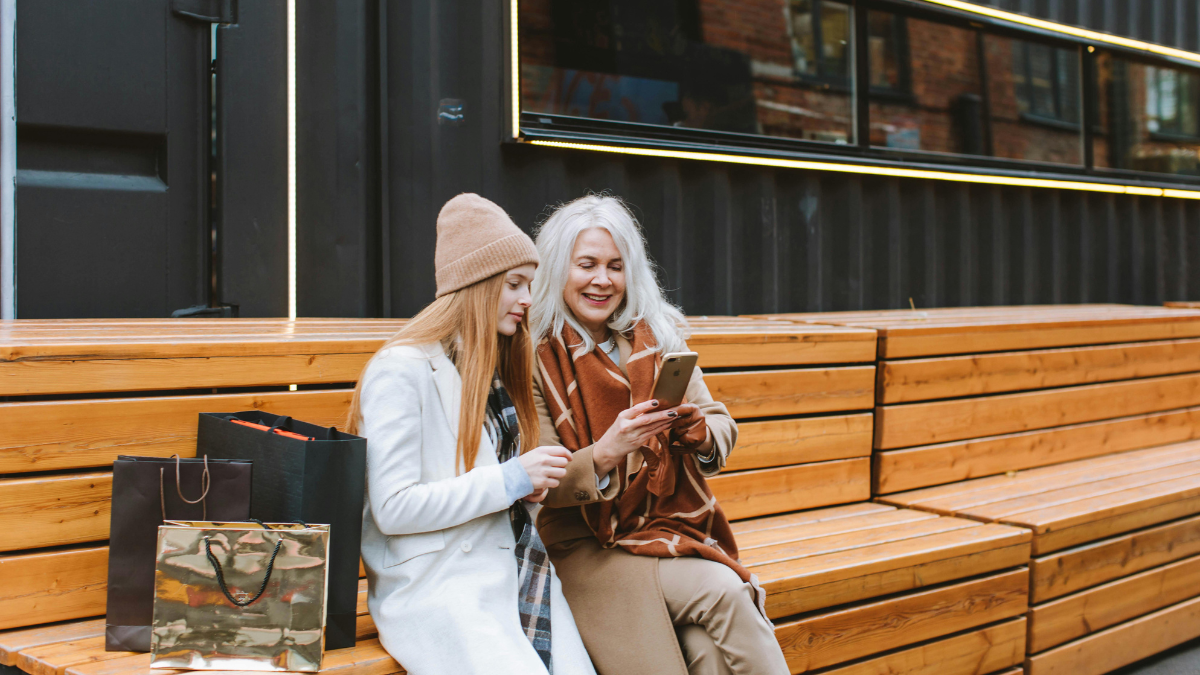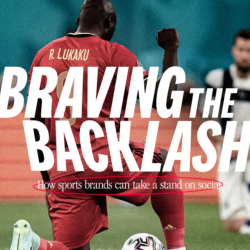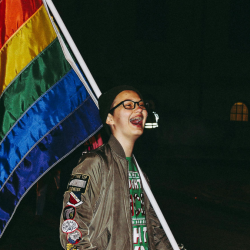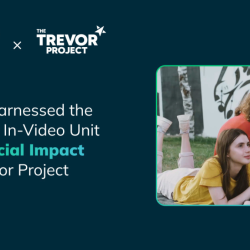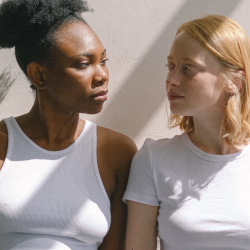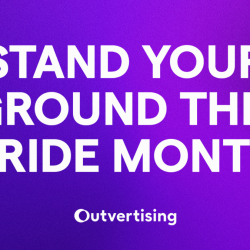Queer rights are under increasing attack. From legislative rollbacks to violent hate crimes, the LGBTQIA+ community faces a surge of intolerance worldwide. Research from Stonewall showed in the UK alone, hate crimes against LGBTQIA+ people have soared by 112% over the past five years, with transgender hate crimes rising a staggering 186%.
As a gay man, these statistics hit home and are familiar. Just Tuesday morning, I was greeted at the Clapton overground by a man who felt compelled to share his disdain for my sexual orientation at 7.15am — a stark reminder of the deep-rooted prejudice that still exists in our society. Such encounters are not isolated incidents but part of a broader trend. Globally, numerous US states and countries are enacting laws that directly target queer individuals.
Transgender youth are being denied access to gender-affirming healthcare, and same-sex couples are facing renewed challenges to their rights, such as marriage. In LGBT Britain, Stonewall also found that 1 in 8 LGBTQ+ people aged 18-24 had attempted suicide, with almost half of trans people contemplating it. Depression affects 52% of LGBTQ+ people, and 3 in 5 suffer from anxiety, far higher than the general population. These compounded statistics are shocking.
While these opinions can be deeply rooted, embedded in generational ‘family values’, it’s clear we live in a society where brands and media have the power to inform and change opinions and culture. They can fight for equality, moving beyond mere marketing tactics. But the question remains: are they true allies or simply pursuing the pink pound?
Brands: allies or opportunists?
Queer rights involvement often feels superficial. Rainbow logos during Pride Month? A start, but hollow without real action. For example, a dog food company flaunts a ‘proud’ new design, brazen with queer love.
But despite donating 100% of proceeds to a support line, I can’t help but wonder, what happens after the 30th? Do their efforts fade away with the end of Pride Month? Brands must transcend performative allyship. They need to take real steps to support the LGBTQ+ community year-round.
This means:
- Authentic representation: Hire queer creators, showcase diverse stories, and ensure LGBTQ+ individuals are meaningfully represented.
- Corporate advocacy: Fight discriminatory laws. Use corporate clout to lobby for equality and protect queer rights.
Actions speak louder than celebratory rainbows.
Positive representation in media
Brands and media hold the power to shape public perception by portraying LGBTQ+ individuals authentically and diversely. This means not just featuring queer characters during Pride Month but integrating them into narratives year-round, reflecting their real-life experiences and struggles.
With season 3 coming in October, Netflix’s hit series Heartstopper exemplified positive representation, capturing the complexities of queer teenage life in a relatable and endearing manner. By normalising queer identities in everyday contexts, media can help dismantle prejudices and foster understanding.
Beyond performative allyship
Offer comprehensive benefits for LGBTQ+ employees, creating safe work environments, and publicly supporting legislation that protects LGBTQ+ rights. Companies like Google and Microsoft have long led in this area, providing robust support for their queer employees and advocating for equality legislation.
Amplifying queer voices
Media and brands can amplify queer voices and stories by partnering with LGBTQ+ content creators, featuring queer voices in marketing campaigns, and supporting queer-led initiatives.
This year’s Nike’s “Be True” campaign not only celebrated LGBTQ+ athletes but also funded grassroots organisations that support queer youth.
Education and awareness
Education is crucial in combating ignorance and hate. Brands and media play a key role in raising awareness about LGBTQ+ issues through informational campaigns, documentaries, and educational content. Platforms like YouTube have been instrumental, providing a space for queer creators to share their stories and educate audiences on LGBTQ+ history, rights, and issues.
Taking a stand
When queer rights are under attack, brands and media must take a stand. This means speaking out against discriminatory laws and practices and using their influence to support the LGBTQ+ community. After the passing of anti-LGBTQ+ legislation in Hungary, several European companies and media outlets condemned the law and took steps to support affected communities. The MTV Europe Music Awards, held on 14 November in Hungary, stood out.
Despite the controversy, MTV defended hosting the event there. Chris McCarthy, president and CEO of MTV Entertainment Group Worldwide, called the ceremony a stand for gay and trans rights.
‘We’re using the event to amplify our voices and stand with our LGBTQ siblings’, McCarthy told The Associated Press. He assured there would be no government censorship of the telecast.
Creating inclusive communities
Creating and fostering inclusive communities, both online and offline, provides much-needed support for LGBTQ+ individuals. Social media platforms can create safe spaces for queer discussions, and brands can host events that bring the community together. Online retailer ASOS has supported LGBTQ+ youth through partnerships with LGBTQ+ charities and hosting community events, and consistently.
By taking these steps, brands and media can drive real change. Fleeting gestures aren’t enough. Sustained, authentic commitment is essential. Integrate queer representation into everyday stories.
Advocate for inclusive laws. Create safe, supportive environments for LGBTQ+ individuals year-round.
Genuine investment dismantles prejudice and fosters acceptance. Brands and media have the power to inform, influence, and inspire. The time for action is now. Not just allyship, but real change. Together, we can build a world where everyone is free to live and love openly, without fear.
Featured image: Heartstopper / Netflix


















